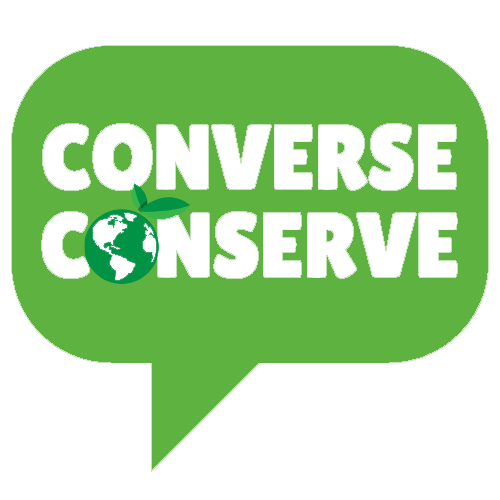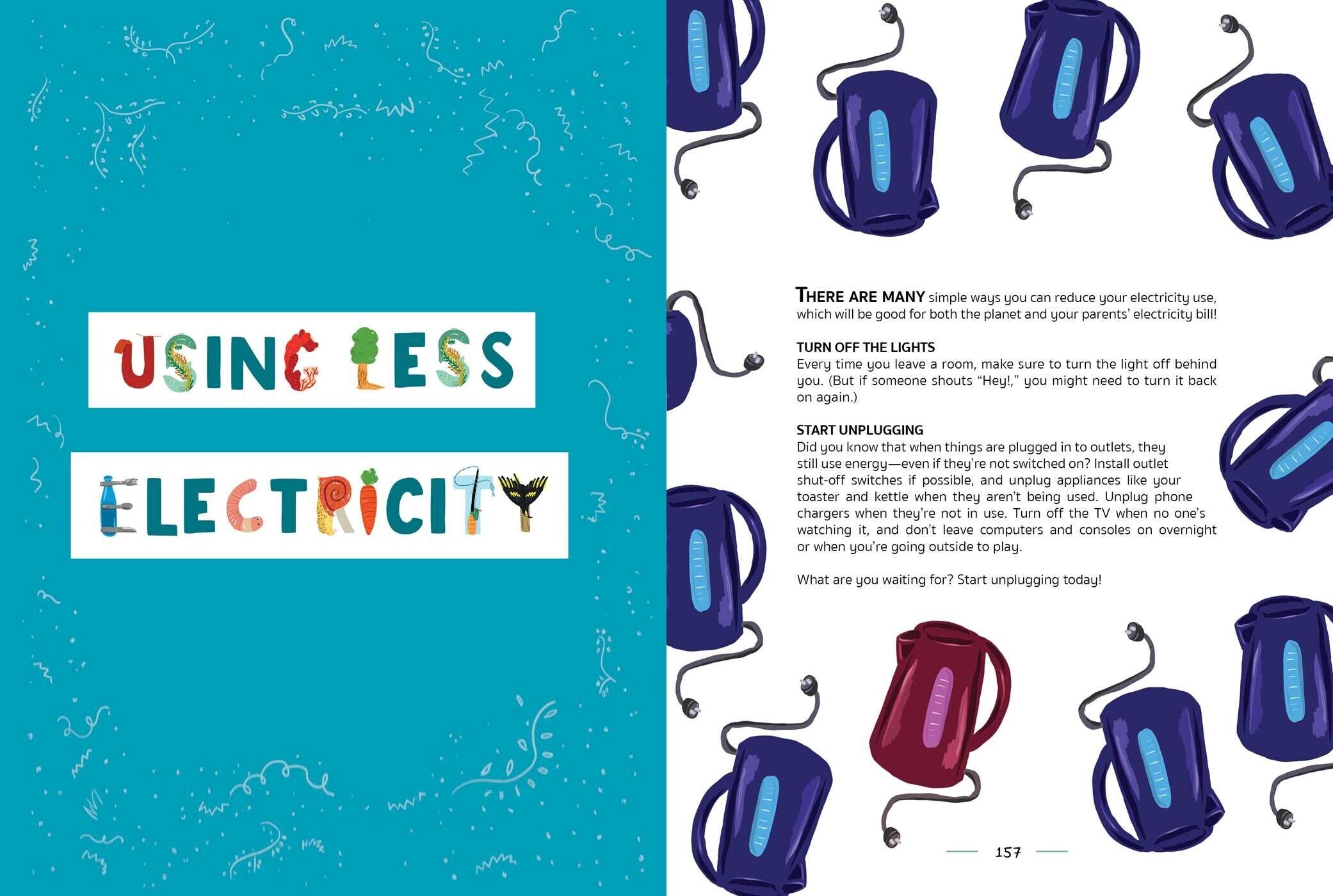Kids Books on Sustainability - Reviews 2024
SPEAKING THE LANGUAGE OF YOUR AUDIENCE
(…de Lingo izzz de Thingo…)
This month we are turning our minds to Books for Children on Sustainability and Climate Change. The name of the game (aka the aim) is to examine whether they speak the language of their target audience.
The four Children’s books we are looking at are :
YOU CAN CHANGE THE WORLD - Lucy Bell (the Kid’s Guide to a Better Planet)
HOW TO SAVE THE WHOLE BLINKIN PLANET - Lee Constable/Aska
THE AUSTRALIAN CLIMATE CHANGE BOOK - Polly Marsden/Chris Nixon
101 WAYS TO BE AN ECO-HERO - Kait Eaton, Dynamo Limited
All of these books lean towards a middle to young seniors years audience (ages 8-13), but each adopts different approaches to motivating young people in their steps towards sustainability (the ideal group to pitch to because they have started to make their own lunches, or help in the garden - well one can live in hope!)
Each book seeks to inspire a change of behaviour with practical steps towards getting young people to - (do the standard, the bland and the usual) remember to turn off devices and lights, or put on more clothes and lower the heating, grow your own foods, reduce your waste and so on. Because the WHAT of the message - the standard, the bland and the usual are just that - we need to try to be ‘unbland’ and ‘unstandard’ and unusual in our HOW we say it (our messaging).
The Australian Climate Change book - (pictured above)
As to this children’s book - my first impressions are the colours of the illustrations are drab, flat and neutral. I don’t feel the illustrations connect with the reader or even with protecting the natural world (which is the typical subject-matter). Colour and movement in both pictures and text are so central to drawing out a sense of hope. Because there is little text, the eye moves to the illustrations that therefore need to do the job of communicating the message. The author and illustrator need to draw the audience in - in the first few pages, rather than wait till half-way through the text to lift the mood. I do like the banner: “EVERY BODY has a role to play in slowing down climate change.” (To be fair, the book becomes more hopeful half-way through.) But overall, this book left me feeling a touch deflated, and I’m not a restless, easily bored, kid, although a little bit, that way, as an adult.
You can change the world gets very good reviews for being a hands-on guide to living sustainably for the young. On first appearances, it’s positive and hopeful in its use of can-do language and brighter illustrations, (depicting key themes, like supporting buzzy bees and produce gardens). This book is a comprehensive guide to the wide diversity of things we can do as the title suggests to make the world a better place. Lucy Bell drills down in to each topic and even a humble old banana gets positioned at the front of the fridge (to avoid waste) or turned into a Hair Smoothie. The detail is amazing across cooking, composting, gardening, mending clothes and cuddling your pet to stay warm… and some humour is used - “opening the door won’t make the food you want appear”. To create a sense of peer pressure and competition, some real life eco-heroes are called upon in the book to be interviewed about what inspires them which highlights how achievable our aims are.
There is still somewhat of a distance maintained between author and reader.
The hardest part is to go that extra step to really connect with the audience on their level and draw out their imagination on something practical like reducing plastic consumption. Far easier to focus on being factual, within the realms of practical education, by being teacherly (&/or a little preacherly).
101 Ways to Be An Eco-Hero
This book as the title suggests uses the idea of heroism to create interest in the topics and connect with a young audience. Phrases and likeable themes like Plastic is Not Fantastic and Help a Bee in Need are common throughout. The illustrations are fun, even adorable, and will appeal to kids of all ages. The language suits a younger audience, is interesting and engaging. It’s full of activities to inspire the reader to get on board with sustainable practices which include solo and group games for public transport trips, ten pin bowl bottles made out of reused PETs, sustainability parties with masks and costumes from reused stuff. It’s chock-full of interactive ideas to inspire the reader to work together holding no waste picnics, shopping excursions to charity shops or garage sales. The social nature of the content means older children can help their younger brothers and sisters (peer to peer learning) or school mates get on board.
These topics factor in the Three (3) pillars of Sustainability -
Financial (not everyone can afford organic food, locally produced honey, buying from independent stores, but there are freecycle and freebie sites and garage sales)
Social - the holding of parties to get the group green vibe happening, sharing shopping with neighbours and recognising that not everything works for every group or family unit (planting needs to adapt for those with no garden or balcony)
Environmental - 101 ways to have a lighter footprint on this earth covers the field. There are so many activities to inspire the young person, so it is very inclusive of every life experience.
(Note: POST IS STILL UNDER DEVELOPMENT as new books and illustrations are being added.)
How to Save the Blinkin Planet (A Renewable Energy Adventure) uses humor (aka environmental humour), a conversational style and an interactive text to connect with and entertain the audience. What’s remarkable is this book manages to go the creative distance while sticking to one very dry topic - renewable energy. On one page - a similar game to Spot What is incorporated in to the text - how many things can you spot in the picture that use electricity.
Lee Constable reminds us we really do need to get all senses and sensors firing!!
In How to Save the Whole Blinkin Planet - there’s a little of that causational talk - you can and you should do this and this to achieve that but there’s also a creative use of games and language woven into some very practical lessons, which makes the book sheer brilliance (imagination and engineering become imagineering). By invoking a sense of wonder and even a sense of heroism in the audience, the creative team impel and drive young people to want to get on board. There are Lightning Quizzes, what ‘starts with B and rhymes with schmatteries’, and Levelling Up throughout the chapters (to create a sense of competition). Lee Constable gets the readers’ hearts and brains ticking to conjure up new solutions at every turn. The suggested action spills off the page from the pictures and illustrations.
The climate warriors’ neurons’ need to be firing is the message (pardon the pun - the book is mostly about electricity generation), appealing to the readers’ super-hero instincts. The attitude is - never, ever bore the reader.
It is all too easy for children’s learning books to play it safe and offer all the usual worthwhile info and tips along the line of left brain (rational/logic) analysis - using linear thinking. The causational and Aristotelian approach - if you do X and Y then Z (consequence) might work on students who are already engaged with the topic, but won’t ‘grab a new audience’ if they are already disengaged and bored with the topic.
On this website we are always on a treasure hunt - a veritable quest for campaigns that - provoke a ‘change of heart’, and use a more creative - lateral thinking approach to driving change.
As we see with 101 Ways to be an Eco-Hero and Lee Constable’s book, speaking the lingo of the audience is truly DE THINGO.














